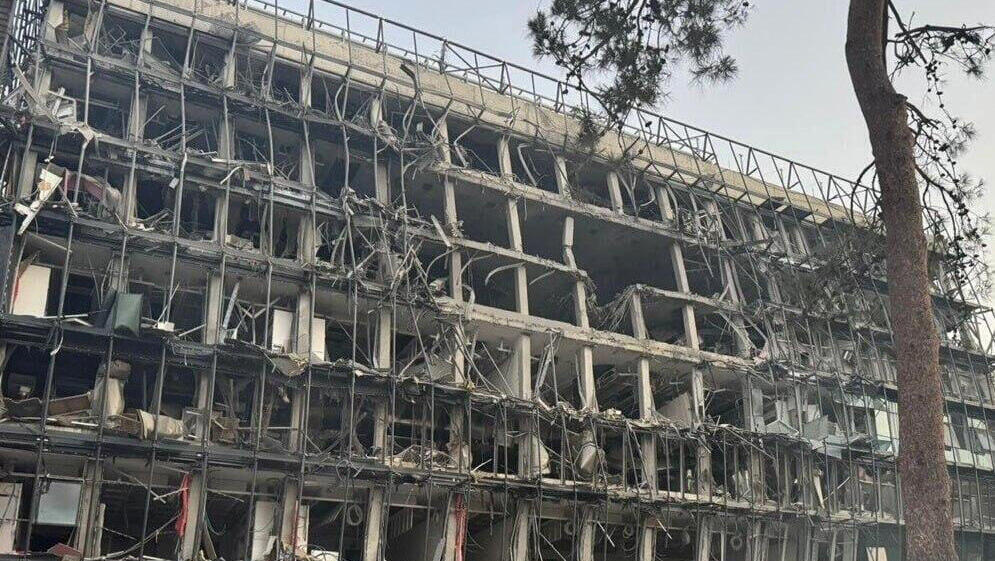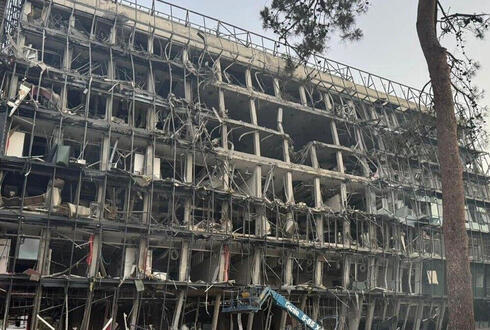
Weizmann Institute suffers over $500 million in damage from missile strike
Three key research buildings destroyed; rare materials and scientific samples lost.
The Weizmann Institute of Science estimates that the missile strike on its campus on Sunday caused damages totaling 2 billion shekels (approximately $570M). Three research buildings were severely damaged, and numerous other buildings sustained partial damage. This estimate includes only physical damage to infrastructure and does not account for the extensive scientific losses, including destroyed samples and rare materials, some of which were foundational to ongoing research.
“Catastrophic loss”: Inside the destruction of Weizmann’s research labs
Among the affected facilities were life sciences buildings, including those dedicated to cancer research, and an environmental sciences center. A senior academic official estimated that the construction of a basic, unfurnished laboratory building costs approximately $50 million, and with advanced scientific equipment, the total could reach $100 million.
Another senior official noted that laboratory buildings rank among the most expensive types of infrastructure, on par with hospitals. The estimated cost is approximately 25,000 shekels per square meter, including standard lab equipment, resulting in a total of 100 to 250 million shekels per building. This figure does not include highly specialized equipment, which can individually cost millions of dollars.
“The damage to some laboratories is catastrophic,” said Prof. Sarel Fleishman of the Faculty of Biochemistry at Weizmann. “In life science labs, much of the knowledge is embedded in the devices and freezers, materials developed by researchers over many years. Now we are scrambling to extract what we can and relocate as fast as possible.”
Related articles:
Fleishman’s own lab suffered relatively minor damage, and he is now hosting displaced colleagues.
He explained that these labs study evolutionary and physiological mechanisms, often with applications in drug discovery and cancer diagnostics. “Entire research wings have been destroyed. Some labs have lost all their materials, materials whose value lies in years of expertise and effort. This isn’t just infrastructure loss; it’s decades of student research and life-saving work that may be gone forever,” he said. “It will take years to rebuild. But I believe we will overcome this. The Weizmann community is resilient, and the support we’re receiving globally is invaluable.”
